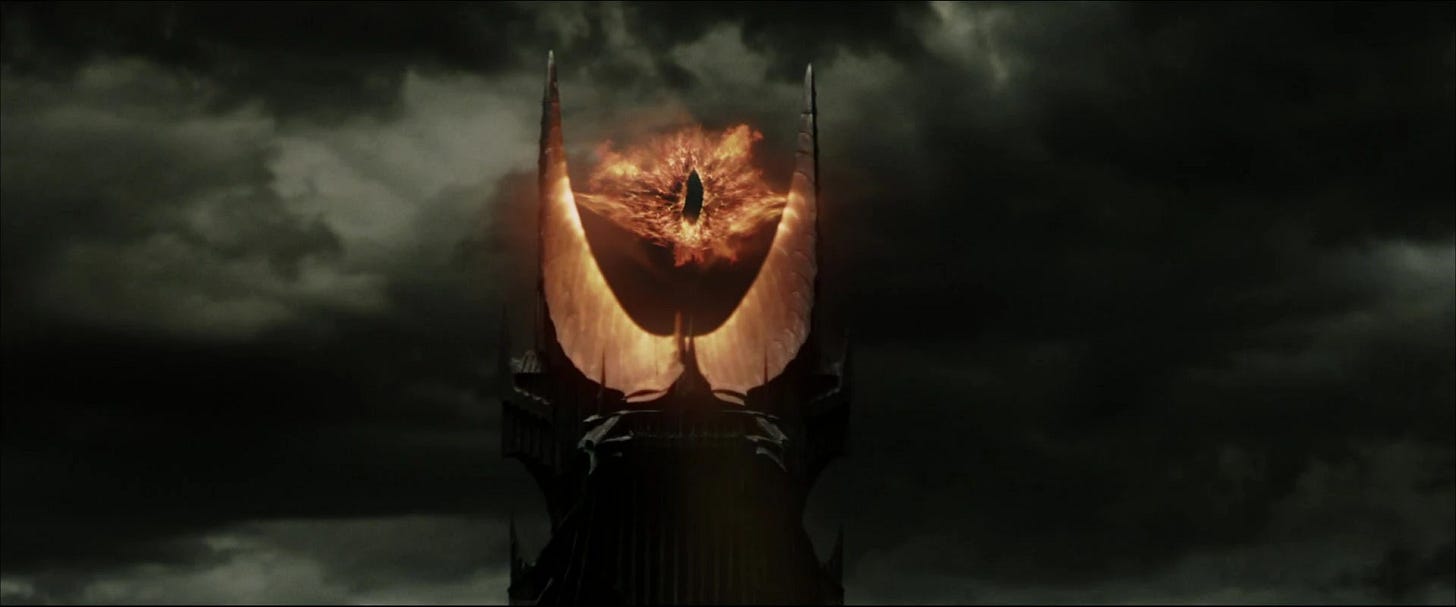Therapy in its more traditional, pathologizing forms, think Psychiatrists, Clinical, Behavioural and those working on the Freudian model, conflates the ego-persona, the constructed identity that operates within societal norms and expectations, with "wholeness." This ego-persona is, by definition, fragmented because it’s shaped by external pressures, conditioning, and the need to conform, often suppressing deeper or unconscious parts of the self. The process of therapy that aims to "fix" or "heal" a person often focuses on refining and stabilizing this persona, which leads to an outward appearance of normalcy or functionality, but without addressing the core fragmentation within. Though of course there are therapeutic modalities that do not pathologize people and treat them as humans. Think depth psychology, humanistic therapy or Person-Centered therapists or Transpersonal therapists.
Fake versus True Wholeness
True Wholeness, in contrast, is not about refining the ego-persona but about integrating the totality of the self, including the unconscious, the shadow, and even the parts of ourselves that society might deem "undesirable" or "disruptive." This true wholeness embraces all aspects of being, acknowledging both the light and dark, the conscious and unconscious. It is not about becoming a more perfect version of the socially accepted persona but about embracing all parts of the self, including the contradictions and complexities.
Therapists who are focused solely on helping a person fit within societal norms or on helping them "manage" emotions and behavior through cognitive restructuring often miss this deeper dimension of healing. They see any expression of the unconscious, such as emotions, as signs of disorder or imbalance. Emotions and Wholeness have become the Satan to control. In reality, these expressions are the very process of reintegrating repressed aspects of the self that have been disconnected due to trauma and societal conditioning. They instead want to nail the person back to the cross of suffering with their inner child. To endlessly bleed for society. Which is equated with purity, and being a “good” person. Whilst the system itself is actually broken.
In this context, a person who has done the deep inner work of embracing and integrating their unconscious, shadow, and fragmented aspects of self, in a healthy and integrated way, might be seen as chaotic, fragmented, or even mentally ill by traditional therapy, when in fact they are experiencing a profound form of wholeness that transcends the limits of the ego-persona. True wholeness is fluid and dynamic, incorporating all the aspects of being into a cohesive whole, rather than being tied to a static, narrowly defined identity. They might even label such a person as having Dissociative Identity Disorder, as they call the fragmented state of ego-persona only, to be wholeness, and to be singular. Boxed into a singular tiny box, instead of expressing the multifaced nature of who one really is.
The Ego-Persona and Sauron
The ego-persona, when it is the sole defining feature of a person’s identity, is as Sylvia Brinton Perera pointed out in her book on scapegoating, a form of narcissism, which is tied to scapegoaters. Not in the superficial, self-centered way that people often think of, but in a deeper, more structural sense. This is a narcissism born of disconnection from the full emotional reality and the shadow self, which, is best represented by the "Eye of Sauron", constantly focused on itself, and external reality in the sense of needing power and external validation. Yet unable to perceive the larger, richer complexity of being. Leading to grandiosity, lack of empathy, and a preoccupation with self-image.
A person trapped in this ego-persona is unable or unwilling to confront their deeper layers of unconscious experience, emotional turmoil, or shadow elements. This creates a rigid, self-centered identity that reflects a fragmented, isolated state of being. It's an identity that seeks control, perfection, and a curated image of "who I am" to the outer world, ignoring the truth of the inner chaos, contradictions, and emotional truths underneath. Just like Sauron’s eye, which is fixated solely on power and control, this narcissistic self-image is a false, limited perception of the self. Which is there due to the scapegoat-redeemer complex, which with the inner critic upkeeps this false self.
This fixation on maintaining a pristine, unbroken ego-persona is, in a sense, the true wound, the inner child nailed to the cross, which fuels the fear of being exposed to the deeper parts of the self, the shadow, or the emotional truths that could destabilize this image. The refusal to confront the shadow or the deeper layers of the psyche is what prevents growth, authenticity, and wholeness. This is why narcissism, in its truest sense, is an inability to face the whole of who you are, to thus acknowledge your own wounds, vulnerabilities, or even your capacity for destruction. It is the avoidance of emotional reality and the attempt to create an image of the self that is free from contradiction, tension, or messiness. So unable to perceive the richness of the inner world.
On a deeper level, this form of narcissism is deeply tied to the fear of facing the unconscious, where the shadow lies, the part of the self that contains both the rejected, painful aspects of who we are and the buried potential. The ego-persona thrives by pushing these deeper truths away, keeping the focus on surface-level achievements, roles, and projections. Without engaging with the shadow, however, the person is stuck in a loop of fragmentation, forever trying to control and perfect the image of self while avoiding the wholeness that comes with embracing the totality of experience. True healing, then, involves breaking through this narcissistic shell of ego and confronting the darkness, complexity, and emotional reality of the shadow.
Which means to break free of the scapegoat-redeemer complex, and face the wounded inner child within, and reclaim our primal and authentic nature, with all its beauty and messiness. Instead of projecting our own wounded inner child onto the world, akin to a Sauron, with his hordes of orcs, that really are the scapegoats that serve him, and have lost their dignity and humanity in the process.
The easiest way to tell if you are moving out of the scapegoat-redeemer complex is when you can be creative, can have self-compassion for yourself, can hold space for your own inner child and vulnerability, can accept your own messiness and emotions as they are, without needing to label them or keep them at bay. Whilst you can hold this same space for others as well, to see them as humans, beyond mere labels. As it are those stuck in the persona-ego, and refuse to face their unconscious and the real authentic messiness and humanness of life, that are the true narcissist.







